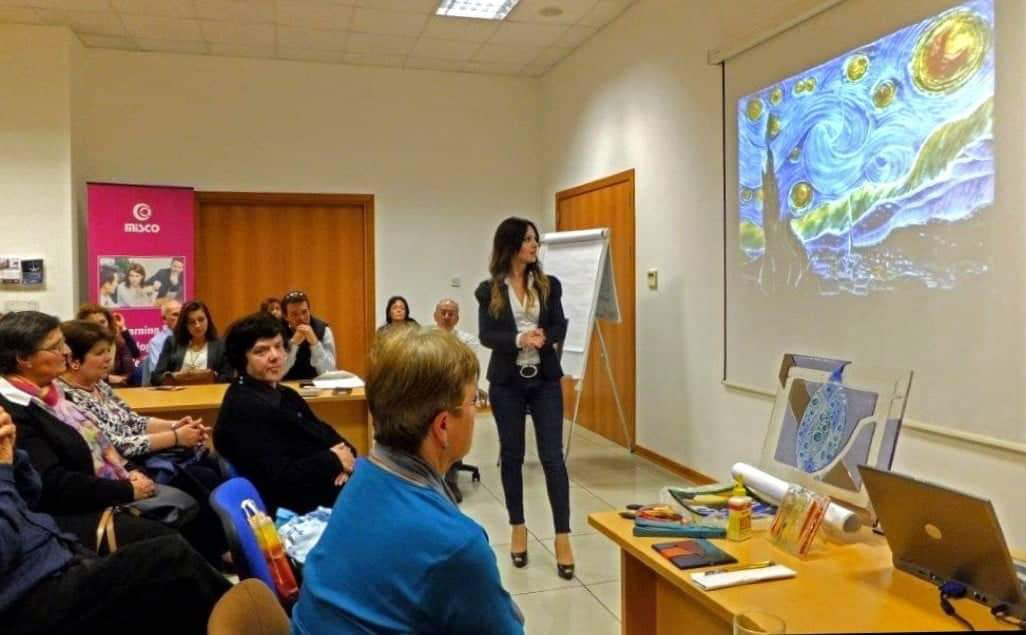
by Liz Apap | Mar 3, 2020 | Blog, Interior Design, Leisure
Child Prodigy of the Fire Gods!
Introduction
Today I met up with Alison who owns and runs the company Stained Glass Ltd., a subsidiary of the Amal Group, set up by her father in the 1970s. Her company name ironically refers to stained glass, because her father who had specialized in aluminum structures, had eventually broadened his repertoire to include stained glass windows / panels. But, around the turn of the 3rd millennium, Alison took over and her creativity and courage did not stop there.
The Fire Gods inspired her to create fused glass windows and decorative glass panels, for both the home and commercial outlets livening up the buildings with beautifully colored glass creations. Her beautiful and naughty smile during our discussion, reflects how she truly loves and enjoys her work. Alison is married to Richard and they have two children.
How it all started
Over the past 21 years Alison has put her creativity skills into action and has since acquired much experience both in design and the execution of work. She takes much time to understand her clients needs and after detailed and careful discussion with them, creates bespoke and dazzling works of art every time. 🌈
Glass fusion on a large scale
She prepares the large design pattern on transparent paper, cuts the different colored glass pieces, places them on a clear glass panel according to the design, glues them and then places them into the kiln to go through the firing process…and then holds her breath and 🙏. One never knows the result until they are ready to be lifted out of the kiln …….but the biggest satisfaction is to see the window or panel fitted in the building with sun rays reflecting through the glass and a happy client.
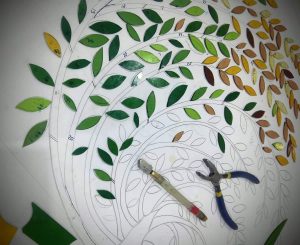

Glass fusing projects, transportations and installations
In 21 years of experience, she explains that there were only one or two minor mishaps, of glass cracking in the kiln, and no breakages during transportation, or whilst being installed. Her preference is to transport the finished project to the site of destination and explain to the aluminium installers or the woodworkers, details about the installation process. That is the level of her brilliance and dedication to her work.
Glass fusion on a small scale
Alison does not stop experimenting and also creates smaller objects as lamp shades, wall light covers, small panels, ashtrays, trinket trays and smaller objects. The techniques for fused glass are endless, using solid pieces, crushed glass, powders, metal wire, stringers and metal foil.
The Fire Gods 🔥
But communication with the Fire Gods during the firing process is definitely the most important of all. Understanding the controlled firing heat levels that goes from 0 degrees F to a maximum of 1500 degrees F; the process of glass fusion, and expansion and contraction of the glass during firing process is not an easy task and requires years of experience and understanding your kiln.
Courses in glass fusion
During a business discussion some two years ago Alison came to realized how glass fusing has become a widespread hobby, and how she can share her joys, passion and knowledge with like minded people. Glass fusion on a small scale can also serve as a good pastime.
In today’s stressful world, taking up a hobby is a good distraction and fused glass is a wonderful option, learning how to shine light through colored glass. So, Alison took on this challenge of organizing and teaching glass fusing courses. I was one of the first to join and followed course after course for some two years. The joys and laughter were endless, we gained knowledge of the joys of life from Alison and the friendly discussions among us students were priceless. Finally, also everyone went home with their special piece at the end of each course.
These courses are still on offer
Alison offers small group 6 session courses each running for one and a half hours. However, she also organizes one off group sessions for companies as part of their Team Building Sessions. Lessons consist of at glass decoration and functional pieces like dishes, bowls, plates, glass tiles, and jewelry. The next course enrollments will start on……..
You may e mail me for more information.
liz@apropertypanorama.com
Attn. Alison Fenech Gasan
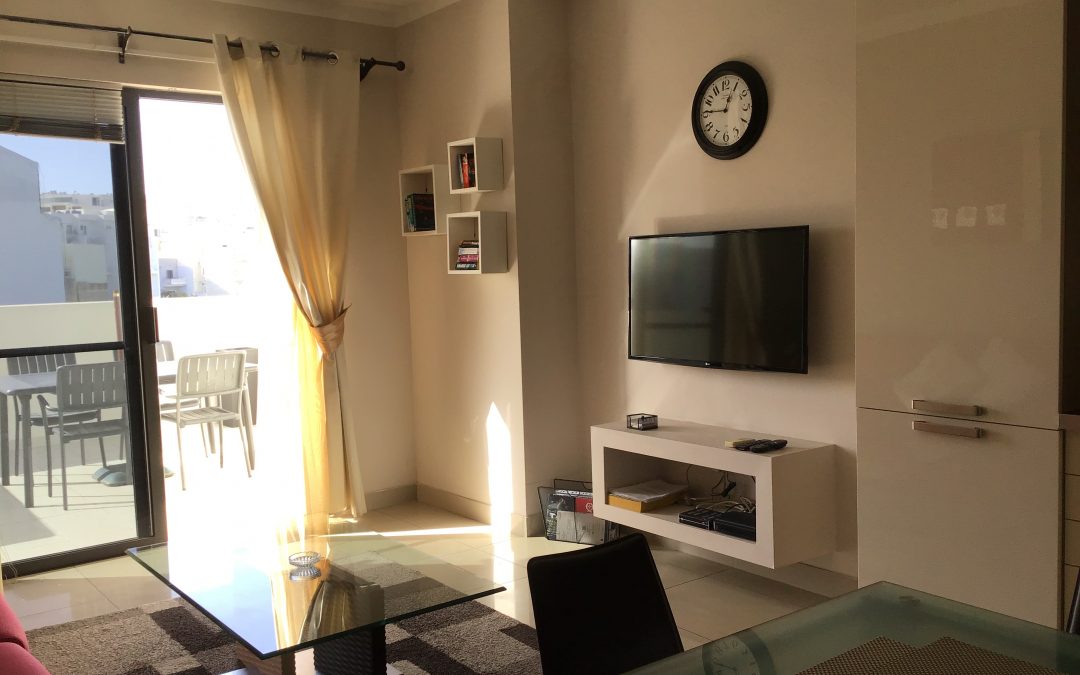
by Liz Apap | Feb 22, 2020 | Blog, Interior Design, Relocate Malta
Furniture Styles
The choice of furniture in a property is very important.

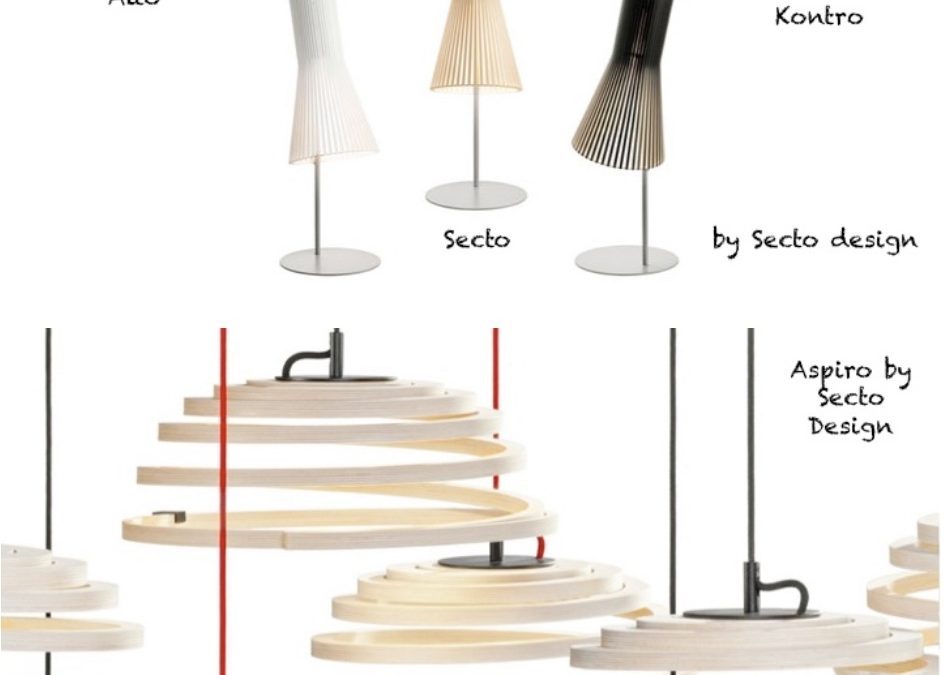
by Liz Apap | Oct 31, 2019 | Interior Design, Relocate Malta, Slider
Natural and artificial light
Lighting and light fittings
Interior – Natural Lighting
Before beginning to devise a lighting scheme in a home, house, or any building, consider the amount of natural light entering the various spaces. Natural light should be the starting point of any lighting scheme.
When looking at space layouts, the orientation of rooms are also important. Main living areas and kitchens should be south facing to benefit from its warm and bright light all day long. West facing light provides sunlight at the hottest part of the day, therefore these spaces are ideal for late afternoons and early evenings use, thus absorbing the softer light at this time. East facing spaces get much sun early in the morning and almost no sun for the rest of the day, and north facing spaces receive a cool to harsh light. Therefore, the choice of specific spaces should be made, keeping their use and orientation in mind, in order to make the best use of natural light that can play an important part in the overall ambience and feel of a building.
Interior – Lighting and the Building Regulations
According to the EU building regulations low-energy light sources should be installed, as a building should be ‘energy efficient’. And an energy performance certificate EPC certified by an architect has to be produced to validate this. Fluorescent / Compact fluorescent lamps (CFL), LEDs or discharge lamps fitted with low energy screw or bayonet bulbs are some examples.
So how much light is needed?
The first step is to calculate the square meters of a space; then each square meter is multiplied by 25 Watts (25 Watts = 250 Lumen), giving a total amount of the wattage. This light wattage need not come from a single source, it can come from a combination of different lights distributed around the space.
Interior – Light sources and their purpose
There are three types of light sources; namely ambient lighting, task lighting, and accent or mood lighting, where a combination of all three may exist in one space.
Ambient lighting is the general illumination of a room as a ceiling hanging light or wall lights. Task lighting provides targeted illumination where a specific activity takes place, as a reading light, cooking lights or any specific lights required for work. Floor lamps, table lamps and desk lamps, specific kitchen lights or mirror lights are all typical examples. Accent and Mood lighting are used to highlight an object. A spotlight directed to a work of art, or special feature, and an LED strip, are some examples. The latter are not a necessary source of light and can be sensor operated to light up only when in close proximity.
General illumination and well being
Well being can be gained from the good use of artificial lighting. Glare-free and uniform illumination can improve productivity and avoid headaches. Daylight is perceived as a bluish white light and has a temperature range of 5000K* or higher. In artificial lighting, a light bulb produces light perceived as yellowish-white at a temperature of 2700K, and as the light temperature increases to around 3000K to 3500K, the light colour appears less yellow and more white. The different light temperatures can impact our moods. Soft white as opposed to bright and cool whites light temperatures are the key to our better wellbeing. The former works better in living rooms and bedrooms and have a calming and relaxing effect, whilst the latter are better in kitchens and bathrooms creating an energetic feeling and invoke more contrast to colours.
Placing mirrors within a space does appear to enlarge that space. However, placing a mirror across from a window helps reflect light around a room maximizing the light. This scenario, the reflection of the window on the mirror also creates an illusion of never ending windows and light…and space.
Natural and artificial light source fittings
In modern times, both natural and artificial light source fittings, apart from enhancing the light source in a given space, also form part of the interior design theme. These fittings have to blend into the design mood and style.
Natural Lighting
Skylights, large windows, bay windows, french windows/doors and mirrors, bring in natural light to an interior space.
Artificial Lighting
Chandeliers and wall lights are the two main sources of illumination of a space.
Floor Lamps, table lamps, desk lamps, and bedside lamps, under kitchen under-cabinet lights, fan lights, and mirror lights are the main sources of task lights. Spot lighting, LEDs are typical examples of accent or mood lighting.
Lighting as part of an interior design theme
Lighting should play an important part in interior design. Both natural lighting and artificial lighting should be well selected and blended, and be positioned carefully in spaces to attribute to a harmonious Deco mood.
*K for Kelvin is a unit of measurement used to describe the hue of a specific light source.
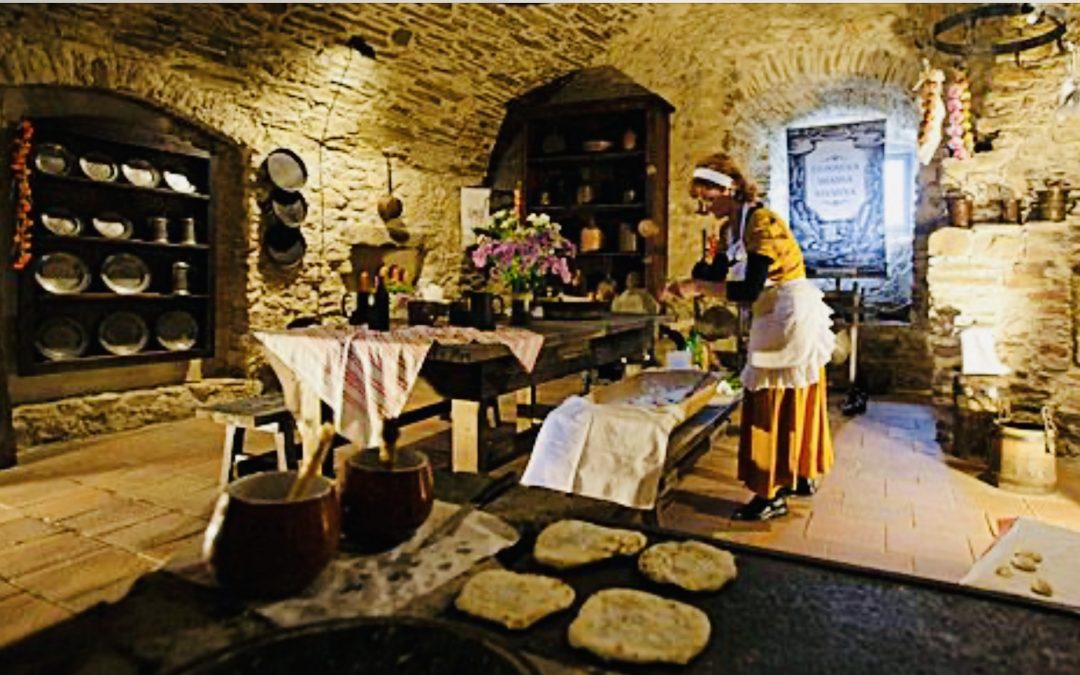
by Liz Apap | Oct 23, 2019 | Interior Design, Relocate Malta
Kitchens and Furniture
Food
The majority of people eat food as an essential means of survival, whilst others survive only to indulge in and enjoy luxurious, healthy or tasty food! And for some others eating a balanced diet of fresh food in season, serves to keep them healthy.
Brief history of Kitchens, lifestyle and furniture in different spaces
Throughout time and until today, in most countries around the world, obtaining / purchasing food, it’s preparation, and it’s consumption plays a large part of the family’s daily life.
For this reason, and as early as the Middle ages, kitchen spaces were created for the preparation of food. Whilst dining spaces were organized for communication and food consumption among the family, with adjacent living spaces for relaxation before the family retired to their bedrooms / bathrooms to rest and be ready to start out the next day. This typical lifestyle is still similar to our present day.
Furniture and fittings
All these House / home spaces require furniture and fittings. Kitchen spaces require utensils, appliances and storage cupboards. Whilst the rest of the home requires different furniture, some having a specific use, whilst other may be purely decorative.
Throughout the Middle ages and until modern times, society’s way of life and habits have changed in their traditions and ways of life, because of evolution, education, and modernization. From bartering of game, fish, crops, spices, dairy products, vegetables and fruit, to the introduction of money that facilitated trade, availability of water and electricity, modern inventions and appliances, efficient means of transport and communication, to electronics and eco friendly homes. This of course applies also to most commercial outlets………
In the same way kitchen furniture and fittings, and other furniture have changed in style, as a cause of changes in fashions and primarily their various uses.
Kitchens and food habits
During the Middle Ages from 5th century and up until the late Middle Ages, there existed a significant difference in the lifestyle of commoners and high society, namely in their cooking methods and diets, preservation of food and affordability. Salt was a very precious commodity, and salt bars were used as currency of exchange in some parts of the world, whilst up until around 1500AD sugar was also very scarce and expensive and not always available, until the arrival of technological improvements that transformed them into cheaper bulk commodities.
In the late Middle Ages, the increasing wealth of middle class merchants and traders meant that commoners began emulating the aristocracy, and threatened to break down some of the symbolic barriers between the different classes.
Kitchens Spaces
The history of the kitchen Space is fascinating! Changes in kitchen design often reflected economic and societal changes.
In the Middle Ages cooking was essentially done on an open wood / coal hearth within a one-room home or within the great hall of large structures, above which was a ventilation opening for the fumes to exit. Smoke and soot were a constant irritation the eyes and lungs and this area was filled with noise, mess and smells. They were extremely busy spaces and could also sometimes be too hot and uncomfortable. This area however, was also the primary source of heat, light and safety.
However, with the invention of the chimney around the 11th century the general layout of the great hall was sub-divided, and by the late Middle Ages two rooms became common in many households: the living room (where guests were received and business was conducted), and the kitchen. In time, there were also further subdivisions, of a food preparation area, a storage area and a cooking area.
Economic trends and politics had a major influence on the design and function of the kitchen. Between the late Medieval Age until today, the creation of chimneys, later gas supply, water and sewage systems, electricity and now also electronics in homes continued to improve the efficiency and sanitation of the work space of kitchens.
Between the late Medieval Age until the 1970s thé kitchen area was separated from the dining and living areas, but in today’s modern world the kitchen has once again gained its importance and usually forms a part of the dining and living room; a natural gathering place for entertaining, welcoming family, friends or to conduct business.
Modern kitchen spaces
The kitchen we know today is an indispensable component to contemporary life. Kitchens are fitted with abundant fitted storage cupboards, and work tops.
Abundant electrical / electronic and gas appliances; as a cooking Hob, oven, fridge / freezer, dish washer, deep fryer, food mixer and juicer; hot and cold water supply, breakfast table and chairs, as well as various cooking and serving utensils, crockery and cutlery.
Furniture for other spaces.
The styles, fashions and component materials of furniture and fittings has changed with time. And with the coming of efficient transport and communications systems and with other parts of the world, the importation of furniture and fittings from other cultures also have become fashionable.
However, most rooms require some essential furniture, as settees, armchairs, and chairs, a fireplace in the living room; a large table and chairs, dresser and showcases in the dining room, desks and bookshelves in the study or studying areas, beds, large cupboards, dresser with mirror, chest of drawers, small desk and chair in the bedrooms, decorative furniture in hallways, corridors and stair landings. These rooms are often also decorated with hanging paintings, photographs, mirrors, memorabilia, and other decorative items. A washing machine and laundry equipment in the laundry room; and a workbench and tools in the garage.
Therefore, whether fitting out a small studio apartment, a town house, a country house or a villa, the kitchen still occupies a place of importance, and the furniture and fittings can create the mood of the home.
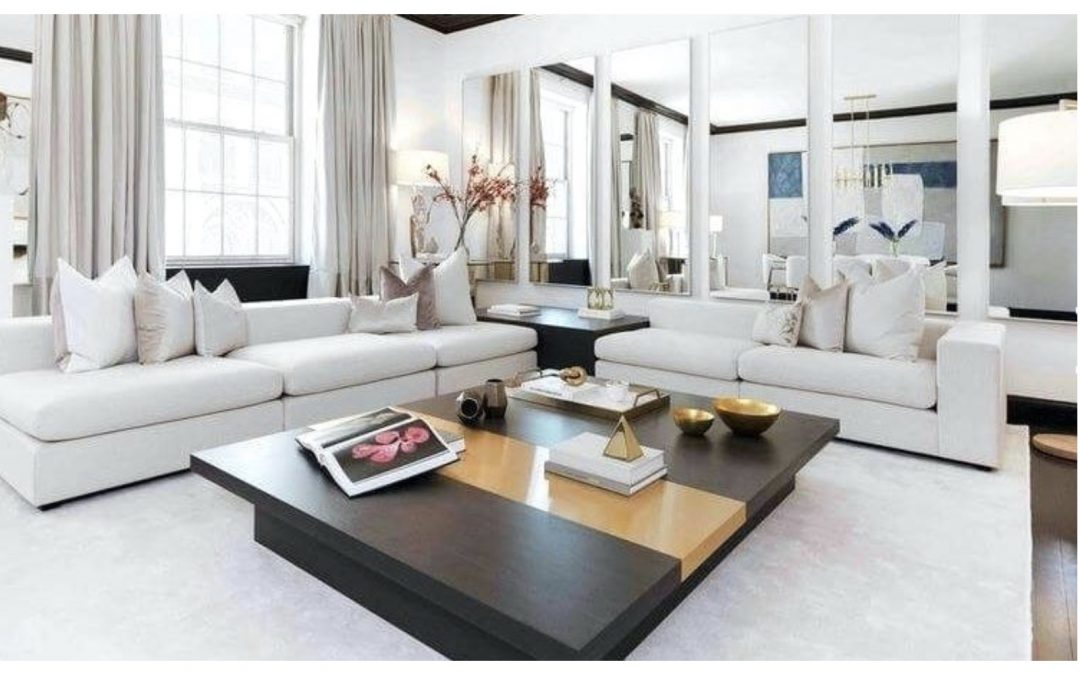
by Liz Apap | Oct 23, 2019 | Interior Design, News, Relocate Malta, Slider
Interior Design
What is Interior design?
Interior design is about the balance of light and shade, colour and form; styles change with evolution and time, but also reflect how all members of a household including animals and pets, utilize spaces in houses, homes, or how customers feel in a commercial environment, including cafes, restaurants or places of entertainment.
Interior design also effects our lifestyles, our work spaces, amusement / hobby’s areas, as well as our health and well being. Well designed homes need to fit the lifestyles of families, and likewise stylish commercial premises must meet the needs of its customers.
It involves careful use of space planning, textiles, different materials, paintwork, colour, sustainability, health and safety issues, as well as original and creative effects presented by a designer, both in luxury and simplified scenarios.
Brief History of interior design and styles adopted from other countries.
During the Middle Ages, from the 5th to the 15th centuries, there was a wide variety of homes. There were castles, manor houses, monestaries, mud huts; and also apartments over shops by the late Middle Ages. Certainly, housing and interior design differ in different parts of the world.
However, during the Middle Ages, necessities in a typical home were more important than their appearances. Wall hangings were very popular. Light, warmth, vicinity to spring water or communal wells and waste disposal were of great importance and the typical home was not very comfortable. Houses, homes and small buildings were dark and utilized daylight to its best and candle light at sunset, as windows were small spaces in walls; window glass was not available to most. Wall hangings would act as space separators and helped to keep the warmth within the building that most often consisted of one large room. On the other hand wealthy peoples homes consisted of castles and manor homes that were spacious and more luxurious. Monasteries and manor houses covered much of the manufacture of commodities including grain, fruit and vegetables, herbs, healthy beverages and were also knowledgeable on herbs and spices medicinal remedy preparations. ‘A Hermit’s Cookbook: Monks, Food and Fasting in the Middle Ages, by Andrew Jotischky, first published in 2011 by Continuum International Publishing Group, London, (a catalogue record of this book is available from the British Library, London UK.) makes interesting reading.
The Renaissance Period covering the 15th and 16th centuries encouraged larger interior spaces, created the apartment and enhanced the sale of goods in shops at ground floor level, as opposed to the market place stalls.
The Baroque Period 1600 – 1750 then expanded on these larger interior spaces by filling a room with treasures that expressed the interior design of a building and building styles.
The coming of the Victorian Age 1837 – 1901 gave more importance to those living in a space, their needs, lifestyle and use.
During Post war and modern times, home deco became more reflective of ones personal habits and tastes.
In Modern Times
Styles
In modern times, the re-introduction of older styles and influence from other countries namely, the Middle East, Africa, South America, Asia as well as different parts of the EU, add to the final result, and these styles are now universal.
Textiles
The industrial Revolution 1760 to approximately 1840, namely going from manual production to industrial manufacture, greatly helped the manufacturing industries. Available textiles, both natural and synthetic, are used for curtains, furniture upholstery, bedclothes and introduce colour and print motives, such as foliage, floral, or modern art designs to the deco scenario.
Different interior design materials
Different materials such as wood, cement, ceramic and synthetic tiles, chrome deco, stained glass windows, colourful fused glass wall deco, use of mirrors, gypsum moldings, plastering, wall paper, and light fittings create the mood.
Colour
Colour is also a powerful design tool. In order to create harmony within a building, the understanding of colour is essential; warm and hot colour hues vs. cold and cool colour hues, composing and coordinating them, understanding primary, secondary and tertiary colours and their compleamentaries. Good use of colour can create calmness, cheer, comfort, stress or drama. And creative colour combinations can bring warmth to large spaces or enhance restricted areas.
Sustainability and easy maintenance of interior design deco can help the durability of materials used in buildings. This also depends on the needs and affordability.
Eco friendly, health and safety
Health and safety precautions are also paramount. In time, some materials for example the use of asbestos has been found to be a health hazard. The maximum use of natural light and fresh airflow ventilation, help to control the building’s relative humidity and temperature levels in a natural way. The use of plants can also improve the air quality, the deco.
The Interior Designer
The Modern era gave rise to the professional interior designer. Designers now work together with clients to create spaces with a distinct ambience and well being








